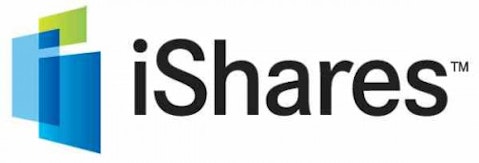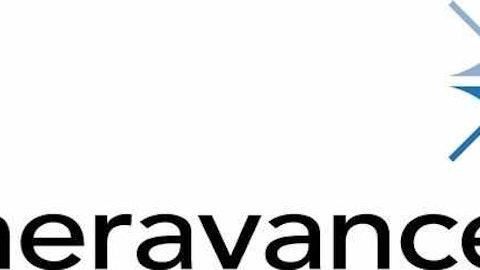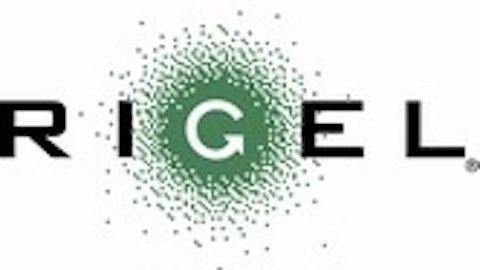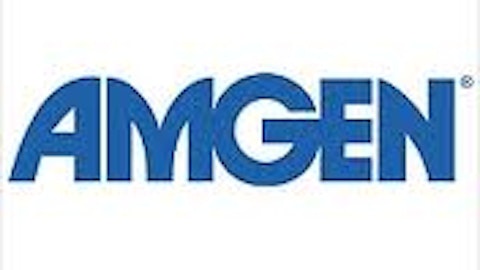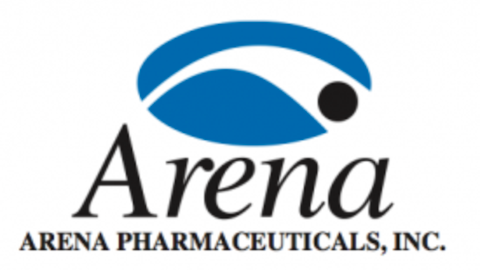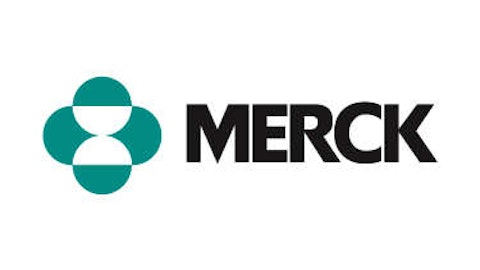Another day, another set of fresh all-time highs for the major biotechnology ETFs. Biotech investors were treated to the same feat in late March, but as health care has continued to be a market-leading sector, faster-moving biotech funds have flourished.
Heading into the start of trading Thursday the Market Vectors Biotech ETF (NYSE:BBH) was leading the way with a year-to-date gain of over 21 percent. The iShares NASDAQ Biotechnology Index (NASDAQ:IBB), the largest biotech ETF by assets, has not been a slouch with a gain of 20.5 percent while the First Trust NYSE Arca Biotchnlgy Indx Fd (NYSEARCA:FBT) has returned 19.7 percent this year.
The SPDR S&P Biotech (NYSEARCA:XBI), an almost equal-weight play on the sector, has jumped 15.2 percent.
All are higher by at least 1.3 percent in midday trading and all are touching new all-time highs. With performances like that combined with the notion that four biotech ETFs is probably enough, it is easy for other funds to get lost in the shuffle.
Such is life for the PowerShares Dynamic Biotech &Genome (NYSEARCA:PBE), though that does not mean PBE is a bad ETF. Quite the contrary. PBE was up 14.8 percent year-to-date at the start of trading Thursday. Less than months shy of its eighth birthday, PBE also joined the new all-time high club today.
In a crowded field of biotech ETFs, a fund such as PBE that does not reside among the previously mentioned big four needs to standout in some way. PBE does that. For starters, PBE is not dominated by the big four biotech stocks. Those being Amgen, Inc. (NASDAQ:AMGN), Biogen Idec Inc. (NASDAQ:BIIB), Celgene Corporation (NASDAQ:CELG) and Gilead Sciences, Inc. (NASDAQ:GILD).
Yes, Amgen, Biogen and Gilead combine for 16.8 percent of PBE’s, but Celgene is not found among the ETF’s 30 holdings. By comparison those four stocks combine for roughly 30 percent of iShares NASDAQ Biotechnology Index (NASDAQ:IBB)’s weight.
Overall, large-caps account for just 22.7 percent of PBE’s weight. The fund stands out in comparison to some of its larger rivals by allocating about 42 percent of its weight to small-cap biotech names. The higher exposure to small-caps, particularly in a sector known for being home to an array of volatile small-cap names, might imply PBE is noticeably more volatile than its larger rivals.
Actually, that is not the case. On a year-to-date basis, PBE has only been slightly more volatile than iShares NASDAQ Biotechnology Index (NASDAQ:IBB). PBE has also been noticeably less volatile than FBT and 350 basis points less volatile than XBI, according to ETF Replay data.
PBE does have a couple of cosmetic problems. First, its annual expense ratio of 0.63 percent is higher than what investors will find with any of the four other ETFs mentioned here. Second, has average daily volume of less than 12,500 shares per day.
